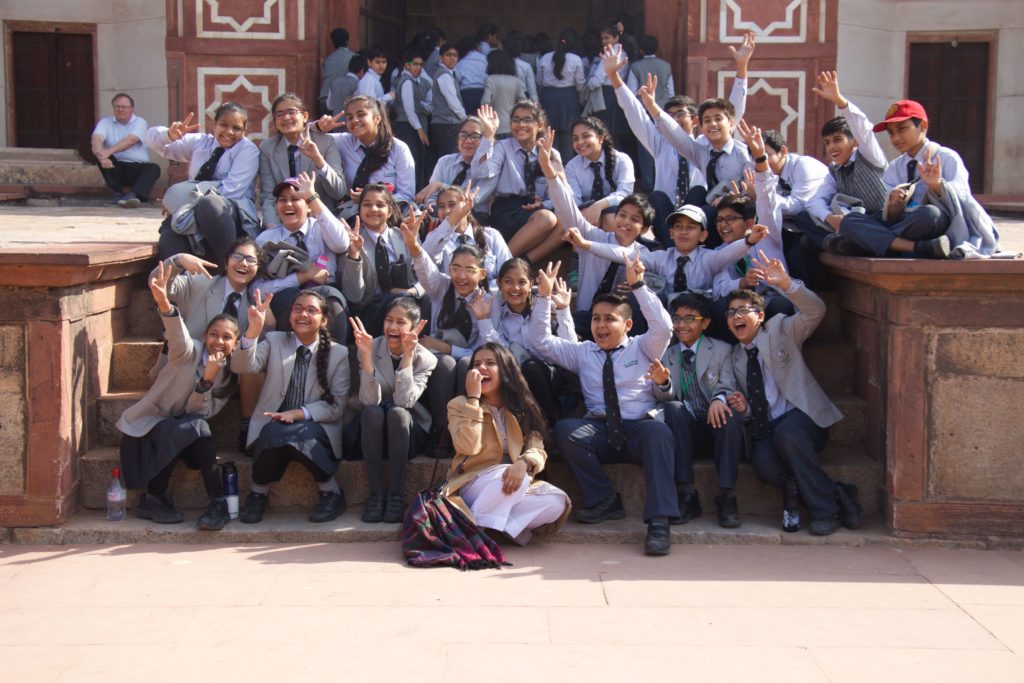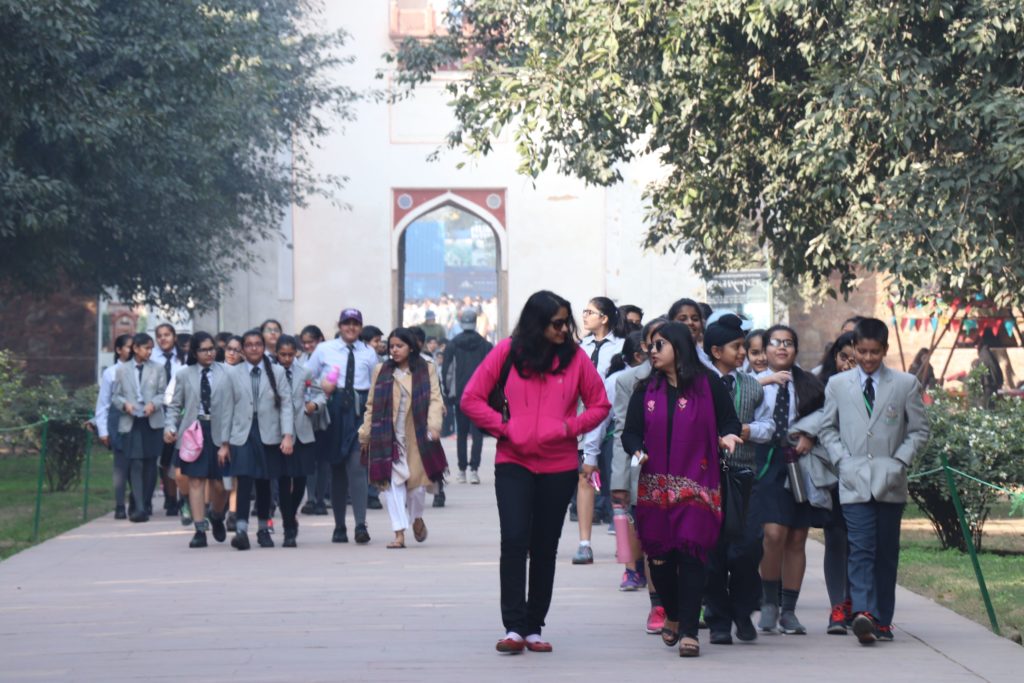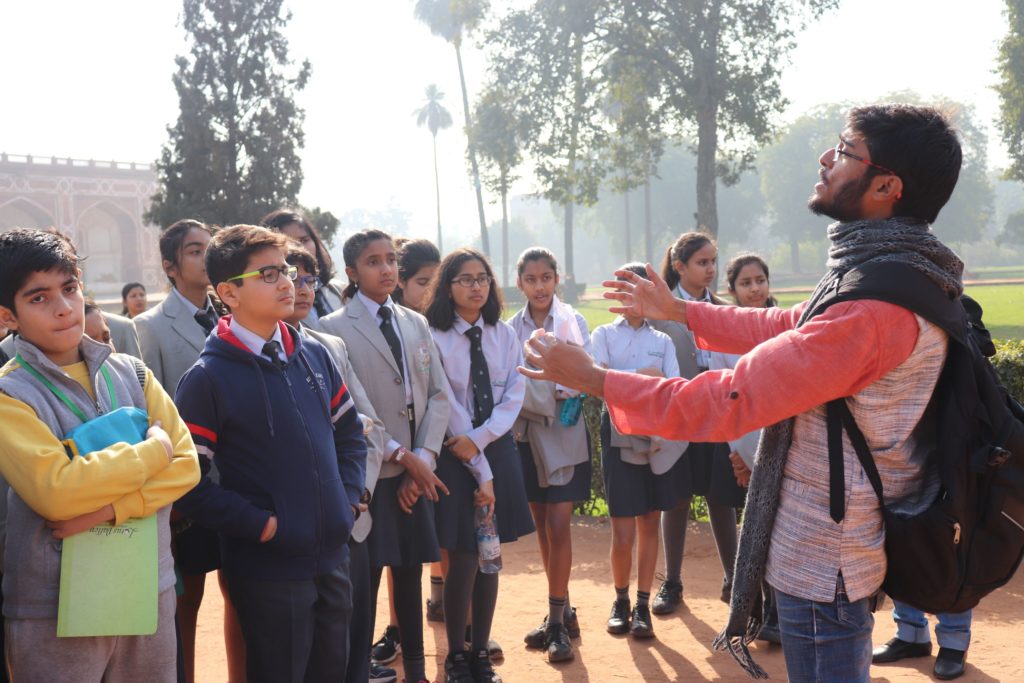
We live in confusing times where talks of the ancient era are meant to inspire meaningful and constructive action in the present and for the future. In this scenario, it is the CBSE’s insistence on experiential and crossover learning that will perhaps provide the most convincing bridge between our past, present and future.
We, the students of Lotus Valley International School, Noida were fortunate to participate in the Heritage Walks organised by Itisaras, an organisation committed towards the preservation of Indian culture, heritage and traditions by communicating its relevance to the students of today who will be the citizens of tomorrow.

In 2017, as a student of class VII, I had the pleasure of being taken on a guided tour by Itisaras to Humayun’s Tomb, and in the following year to Rashtrapati Bhavan. The experience was unique not just because Itisaras managed to bring a vivid slice of life from our rich history, but also because they brought to the fore how India’s past continues and sustains in the present, and its stunning ability to remain relevant to generations in the future. Both the excursions were in sync with our curriculum as we study Mughals in class VII, followed by Modern India in class VIII. Thus, not only did Itisaras serve to extend our syllabus beyond the confines of the textbook and the classroom, but they also provided a sense of continuity presenting quite the montage of the cross-section of life in India down the ages.

At Humayun’s Tomb, we studied the influence of Arabic, Persian and Mughal culture on the art and architecture that characterised the monuments constructed in that time period. For the first time, I realised that the Taj Mahal, vis-a-vis the structure, was significantly inspired by Humayun’s Tomb, a realization that epitomised the very limited extent of my knowledge despite more than a decade of the academic study of my country’s multidimensional history. Similarly enlightening was, an up-close and personal view of the heart of the Indian polity, the President’s House. While both Rashtrapati Bhavan and Humayun’s Tomb are landmarks that Delhiites take largely for granted, Itisaras made me realise that they are indeed a living and breathing manifestation of India’s progress from the middle to the modern ages.
I felt humbled, yet proud of the wealth of knowledge and traditions that reside in the pages of my history book which were hence brought to an intriguing and exciting life by the efforts of Itisaras.
Written by: Aryan Dass

